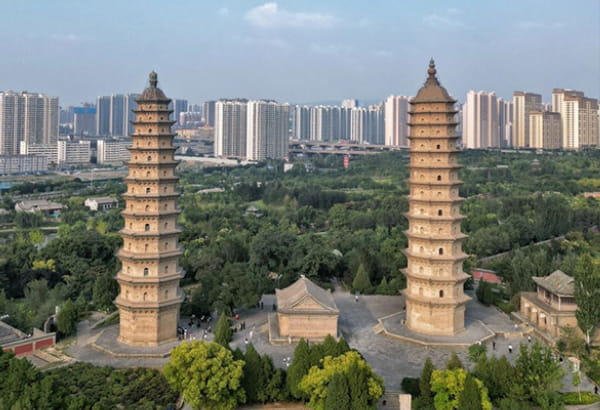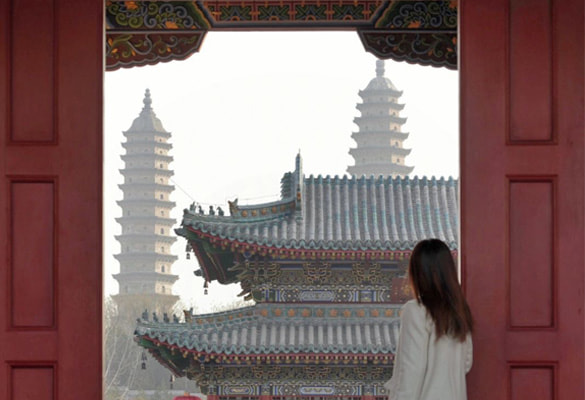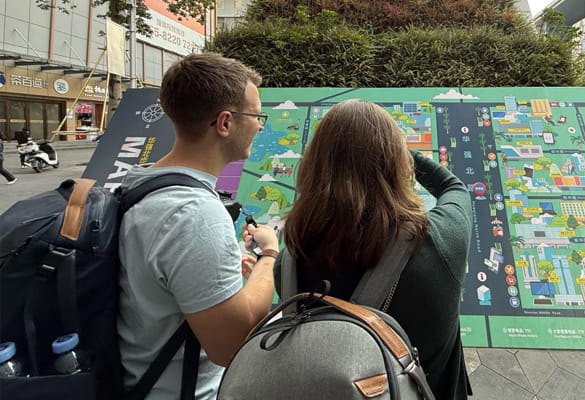Chinese New Year, also known as the Spring Festival, is the most grand and important traditional festival of the Chinese people, holding an irreplaceable place in their hearts. It is akin to Christmas in the West, filled with joy, family reunions, and hope.

1、The Origins of Chinese New Year
The history of Chinese New Year is long and dates back to ancient times when people would pray for the new year’s good fortune through ceremonies. According to traditional Chinese belief, all things are derived from heaven, and humans are descended from their ancestors. These ceremonies were meant to honor the heavens and ancestors, symbolizing a return to the origins. The origin of the Spring Festival carries profound cultural significance and, through its development, has inherited a rich historical and cultural legacy. During the Spring Festival, various celebratory activities are held nationwide, each reflecting the unique local traditions. These activities are centered around removing the old and welcoming the new, driving away evil spirits, worshipping gods and ancestors, and praying for a prosperous new year, forming a rich and diverse celebration of Chinese traditional culture.
2、The Timing of Chinese New Year
Chinese New Year is based on the Chinese lunar calendar, and it usually falls between late January and mid-February in the Gregorian calendar. The specific date changes every year, just as the moon’s phases do in the lunar calendar, following a unique pattern.
3、Preparations for Chinese New Year
Cleaning the House (Spring Cleaning)
Before Chinese New Year, every household performs a thorough cleaning, known as “sweeping the dust.” People clean every corner of their homes, symbolizing the removal of bad luck from the past year and welcoming the new year with a fresh start. From the dust on the roof to the smudges on the windows, no detail is overlooked, giving the house a comprehensive “cleansing.”
Buying New Year Goods
Shopping for New Year supplies is an essential part of the preparations. People go to markets or supermarkets to buy everything needed for the celebration, including food, clothes, and decorations. In terms of food, there are symbolic items like fish, representing abundance for the year ahead, sweet rice dumplings (tangyuan) symbolizing family unity, as well as various nuts and candies. New clothes are also a must, with both adults and children wearing new attire to symbolize a fresh beginning.

Posting Spring Festival Couplets and “Fu” Characters
On the eve of Chinese New Year, people paste Spring Festival couplets and “Fu” characters on their doors. Spring Festival couplets are written with a brush on red paper, featuring pairs of auspicious phrases like “May the year bring you happiness and longevity.” The “Fu” character represents good fortune and happiness, and many people even hang it upside down, as “upside down” sounds like “arriving” in Chinese, adding to the festive atmosphere.

4、Celebrating Chinese New Year
Reunion Dinner
On New Year’s Eve, families gather for a reunion dinner, which is the most important moment of the Spring Festival. The dinner table is filled with a variety of dishes, each with its own special meaning. Dumplings are especially symbolic, particularly in the northern regions. It is a custom for the family to make dumplings together, symbolizing good wishes for the new year. Dumplings resemble gold ingots and signify wealth. Some families even hide coins inside the dumplings, and the person who finds one is believed to have good luck in the coming year.

dumplings
In southern China, in addition to fish representing abundance, there are also rice cakes (nian gao), symbolizing growth and progress. Sweet rice dumplings (tangyuan), which are round and symbolize family unity, are also commonly eaten.

sweet rice dumplings
Staying Up for the New Year (Shou Sui)
After the reunion dinner, families stay up together, marking a farewell to the past year and looking forward to the new one. Children especially enjoy staying up late, as they can play and receive “red envelopes” (lucky money) from their elders. These envelopes symbolize the warding off of evil spirits and are believed to bring good health and safety for the children in the new year.
Setting Off Firecrackers
At the stroke of midnight, firecrackers fill the air. According to legend, the sound of firecrackers drives away a monster called “Nian.” Nowadays, firecrackers are mostly used to create a lively atmosphere. Colorful fireworks light up the night sky, symbolizing a prosperous and flourishing year. However, many cities now have restrictions on setting off firecrackers due to environmental and safety concerns.

Visiting Relatives and Friends (Bai Nian)
From the first day of the new year, people begin visiting relatives and friends, exchanging New Year greetings. When they meet, people bow or clasp their hands in greeting and say auspicious words like “Gong Xi Fa Cai” (Wishing you wealth) or “Xin Nian Kuai Le” (Happy New Year). Younger people will wish their elders well, and in return, they receive red envelopes, which is one of the things children look forward to most.
5、The Significance of Chinese New Year
For the Chinese, Chinese New Year is more than just a holiday; it is a cultural heritage and an emotional bond. It brings families scattered across different regions together, allowing them to enjoy the joys of family life. At the same time, Chinese New Year also embodies people’s hopes and wishes for a better life in the coming year, with desires for happiness, success, and good health. This pursuit of a better life is one of the reasons why Chinese New Year has endured for thousands of years and continues to thrive today.
Chinese New Year is a grand celebration that blends China’s long history, unique culture, and deep family affection. We warmly invite you to China to experience the joy and charm of the Spring Festival firsthand.





